
Opened 1906 as the largest car factory outside USA. Closed 1914. A torpedo works in both World Wars and until 1969. Now a shopping centre.
Main Street, Alexandria G83 0UG
While working as a foreman with the Eadie Manufacturing Company (a bicycle manufacturer which more recently produced the Ariel motor cycles) Alex Govan developed his fascination for cars and determined that he was going to set up in the Scottish car business. He returned to his native Glasgow to sell, service and then assemble French cars - De Dions, Renaults and Darracqs.
Govan looked for backers for his own design and Mr W. A. Smith helped set up the Hozier Engineering Co Ltd with £15,000 capital in Hozier Street, Glasgow. Production of the Argyll began in 1900 - a two and three quarters horsepower voiturette with a De Dion engine, the design of which bore a strong resemblance to the current Renaults which Govan had so recently assembled. The chassis was made of tubular steel shaped on old bicycle formers. Some ninety models were produced at the rate of around six per week before the new MMC engine became available. Both engines were coupled to Govan's own three-speed gearbox. In a five-day reliability trial run by the Automobile Club of Great Britain and Northern Ireland (now the RAC) in 1901, the Argyll was the only car to finish without penalty. Argyll's competition successes increased until they truly devastated the opposition in 1903 and 1904. In 1905 two Argylls entered the Tourist Trophy races in the Isle of Man and one finished eighth with another Scottish car, the Arrol-Johnston, winning.
For 1902, the Simms 8 hp engine was offered with magneto ignition. In 1903, a 12/14 hp three-cylinder Argyll-engined car was on the market and selling well., with factory output at seven cars per week. By 1904, the Hozier Street factory was working nightshifts to produce between 20 and 25 cars per week and larger premises were sought. In 1905, the Hozier Engineering Co was liquidated and Argyll Motors Ltd formed with £500,000 capital and a new factory, sited at Alexandria on the banks of Loch Lomond. The huge factory - designed to produce 2,500 cars a year - had a gilt dome, wood-panelled halls and marble staircases and archways. Costing £220,000, the factory had test tracks and a "garden city" for the workers in the grounds. It was rightly described as 'the most extraordinary industrial palace in Scotland' - it was also one of the earliest car factories in Britain and, for a period, the largest car factory in Europe
Unfortunately, the factory never reached more than half capacity, Govan finding it difficult to accept the compromises that mass production would mean. His cars had hand-built engines, thirty coats of paint and varnish and were finally given a one hundred mile road test. However, in 1906 production exceeded one thousand units and a special train had to be chartered to take export models to London. The range of cars, cabs, carriages and trucks was the widest in the world.
Alex Govan died suddenly in 1907 at the age of 38, following a strokeand the company's fortunes declined. In 1908, having made losses of £360,000, Argyll Motors went into liquidation. A new firm, Argylls Ltd was formed on January 19, 1909 with £209,802 capital. Col. J. S. Matthew, founder of the Scottish Tyre Company, was appointed Managing Director and in their first year, made a profit of £1,600, partly due to a consignment of fifty cabs for New York. In 1910 a four-speed gearbox was introduced, the famous Argyll "Flying Fifteen" launched and the vehicle range rationalised to just five basic cars. Output fell to just 450 units.
Argyll was the first company in the world to use four-wheel braking and the first to introduce the single-sleeve-valve engine, Vauxhall, Aster and Rolls Royce taking licences or options to produce the latter. Yet the third liquidation came in 1914 and the Alexandria factory was sold to the Admiralty for torpedo manufacture. Mr J. D. Brimlow started production at the Hozier Street premises after the war and there were two Argyll stands at the 1920 London Motor Show. The final new model was introduced in 1926, but until the final liquidation in 1930, the Hozier Street factory reverted to being a service station.
The facade of the Alexandria factory remains as part of the Loch Lomond Galleries - shopping centre, opened under new ownership in 2017.
The Red Wheel Plaque was unveiled by local resident Lydia Kielbasiewicz accompanied by NTT Vice President John Yellowlees, Deputy Chairman Jerry Swift and Michael Lowe of Lomond Galleries on Friday 19th November 2021.
Lydia gave a talk on the local history of the Argyll Motor Works and its subsequent her family’s long association with the building. Like so many people that grew up in this area, she looked upon it as more than just a building. It brought people together and created a community. It really is the jewel in the crown of Alexandria.
A Short History of Royal Naval Torpedo Factory © 1995 James Chirrey MA (Hons) is available to download here (with the kind permission of his widow Elizabeth and daughter Lydia).
YouTube video: David Farrell visits the home of the Argyle, Scotland's original luxury car.
On 14th October 2023 PS Waverley called at Ardnagal Pier at Arrochar, providing an opportunity to photograph the remaining railway lines which brought torpedos onto the Pier for test firing down the Loch Long Torpedo Range.
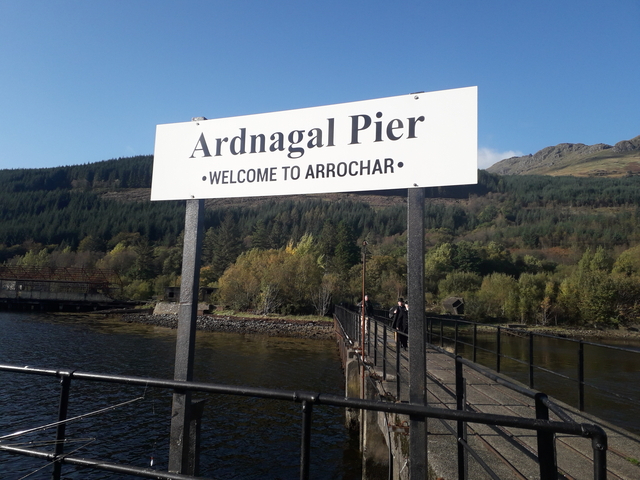
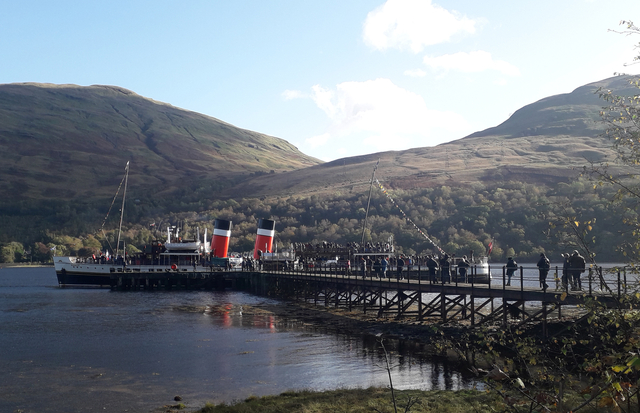
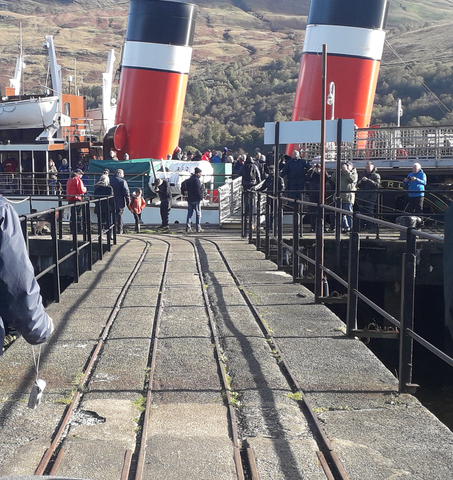
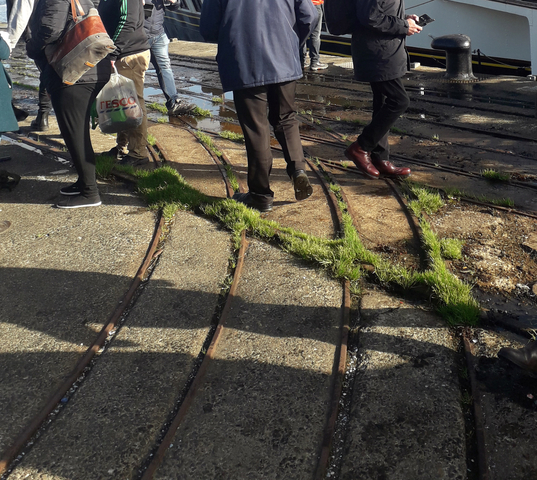
Photos: John Yellowlees with thanks
By road: Off A811, Main Street
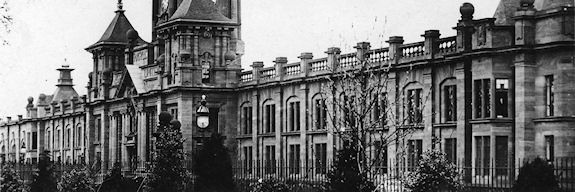
Adeney, M., The Motor Makers: The Turbulent History of Britain's Car Industry, Harper Collins, ISBN-10: 0002177870 (1988)
Chirrey, James MA(Hons), The Royal Naval Torpedo Factory, Alexandria, A short history 1995
Church, R. A., The Rise and Decline of the British Motor Industry, Cambridge University Press, ISBN-10: 0521557704 (2008)
Culshaw, David, Complete Catalogue of British Cars 1895-1975, Veloce Publishing, ISBN-10: 1874105936 (1998)
Dunnett, P.J.S., The Decline of the British Motor Industry, Routledge, ISBN-10: 0709900120 (1980)
Nicholson, T.R., The Birth of the British Motor Car, 1769-1897, Palgrave Macmillan, ISBN-10: 0333327179 (1982)
Oliver, G., Motor Trials and Tribulations - A History of Scottish Vehicle Manufacture, HMSO, ISBN -10 01149 51713 (1993)
Richardson, K., The British Motor Industry 1896-1939, Macmillan, ISBN-10: 0333219252 (1977)
Varey, Mike., 1000 Historic Automobile Sites, Elderberry Press, ISBN-10 19308 59500 (2003)